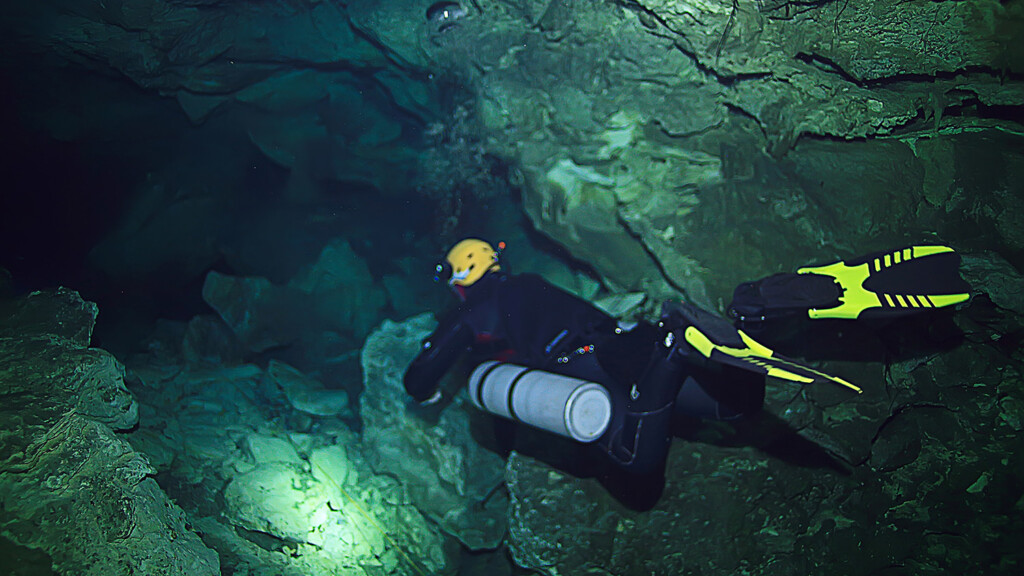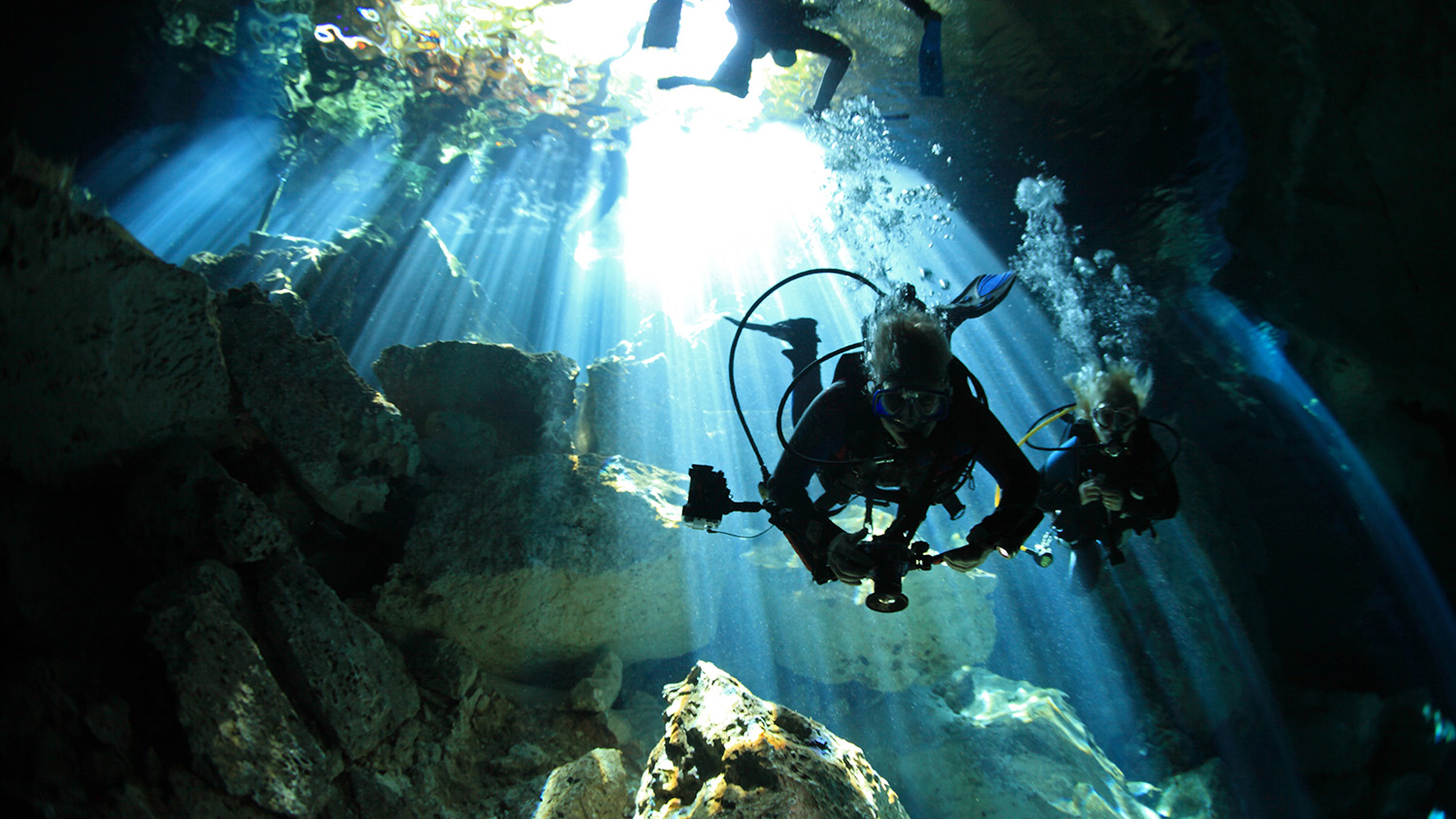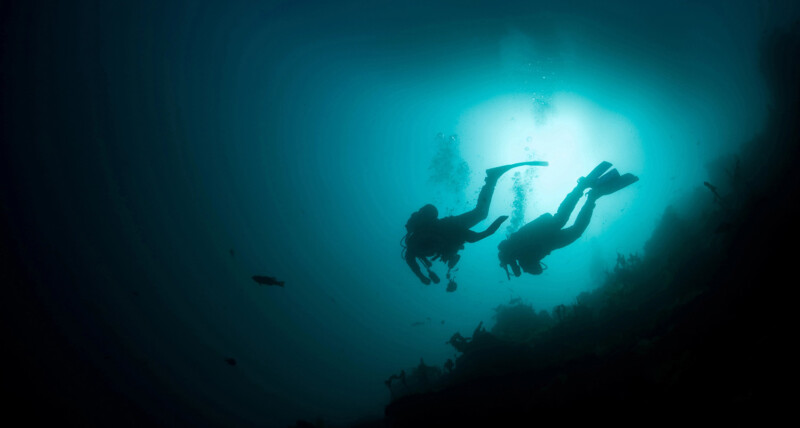
Cave diving offers a unique and thrilling experience for those who seek to explore the hidden beauty of the underwater world. Unlike open-water diving, cave diving takes you into a realm where light is scarce, and the environment is both breathtaking and mysterious. The creatures you encounter in dive caves are just as intriguing as the formations that surround them.
Creatures of the Deep
In the shadowy depths of dive caves, life has adapted in fascinating ways. You may encounter blind cavefish, which have evolved to navigate their dark environments without sight. These fish often have heightened senses of touch and smell, allowing them to thrive where light is absent. Other remarkable creatures include crayfish, which scuttle across the cave floor, and a variety of unique invertebrates that have adapted to the low-light conditions. In some cave systems, you might even spot elusive species of freshwater eels or catfish, lurking in the depths.
One of the most beautiful aspects of cave diving is the surreal environment itself. Stalactites and stalagmites, formed over thousands of years, create an otherworldly landscape. The interplay of light and shadow, especially when beams of sunlight penetrate the entrance of a cave, creates an ethereal atmosphere that is unlike anything you’ll experience in open water.
The Skill and Preparation Required
Cave diving is not for the faint of heart, nor for the inexperienced diver. It demands a high level of skill, including advanced buoyancy control, precise navigation, and the ability to manage stress in confined spaces. Before attempting cave diving, divers must complete specialized training, often including cave diver certifications that cover essential skills like line handling, gas management, and emergency procedures.
The dangers of cave diving are real and should never be underestimated. Limited visibility, narrow passages, and the risk of getting lost are just a few of the challenges cave divers face. The overhead environment means that a direct ascent to the surface is often impossible, requiring divers to rely on their training and equipment to safely navigate out of the cave. Gas management is critical, as divers must calculate their air consumption carefully to ensure they have enough to complete their dive safely.
Cave diving is a pursuit that combines the thrill of exploration with the serene beauty of the underwater world. The creatures that inhabit these dark, mysterious places are as fascinating as the caves themselves. However, this type of diving requires respect, preparation, and a deep understanding of the risks involved. For those who are ready to take on the challenge, the rewards are immeasurable—a glimpse into a world few have seen, where nature’s artistry is on full display.
PADI Certification:
The PADI Cavern Diver Specialty course gives you the knowledge and skills to explore caverns correctly – allowing you to enter far enough for adventure, but staying within the light zone for an easy exit to open water.
You need to be PADI Advanced Open Water Diver who is at least 18 years old to enroll in the Cavern Diver course.




